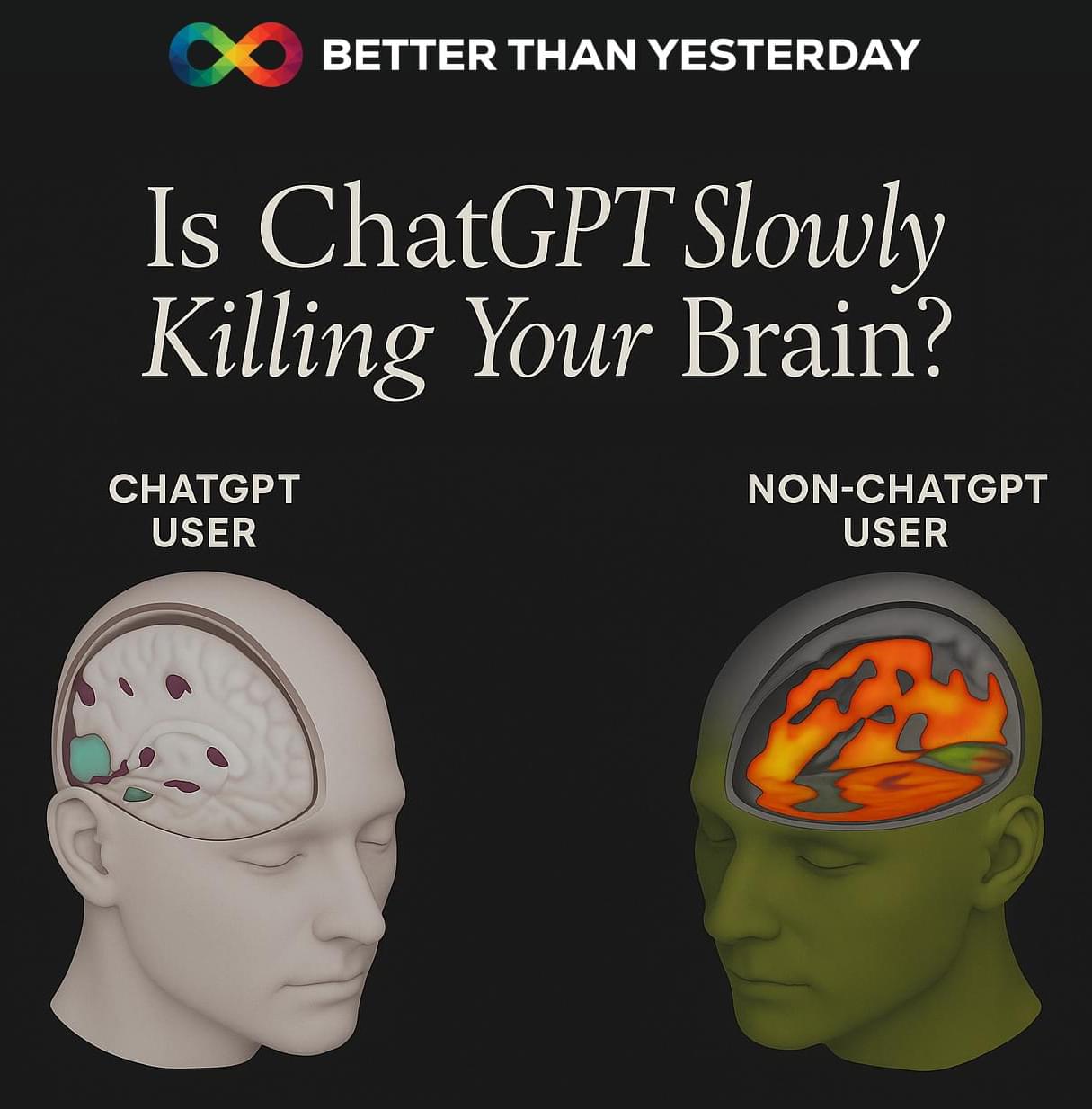The campaign is suspected to be the work of a Russian-speaking threat actor owing to the presence of several artifacts written in the Russian language and the timezone of the attacker’s commits (UTC+03:00). It’s estimated that more than 1,500 devices may have fallen prey to the scheme.
“This case highlights how popular gaming communities can be exploited as effective vectors for malware distribution, emphasizing the importance of caution when downloading third-party content,” the researchers said.
“The Stargazers Ghost Network has been actively distributing this malware, targeting Minecraft players seeking mods to enhance their gameplay. What appeared to be harmless downloads were, in fact, Java-based loaders that deployed two additional stealers, capable of exfiltrating credentials and other sensitive data.”









